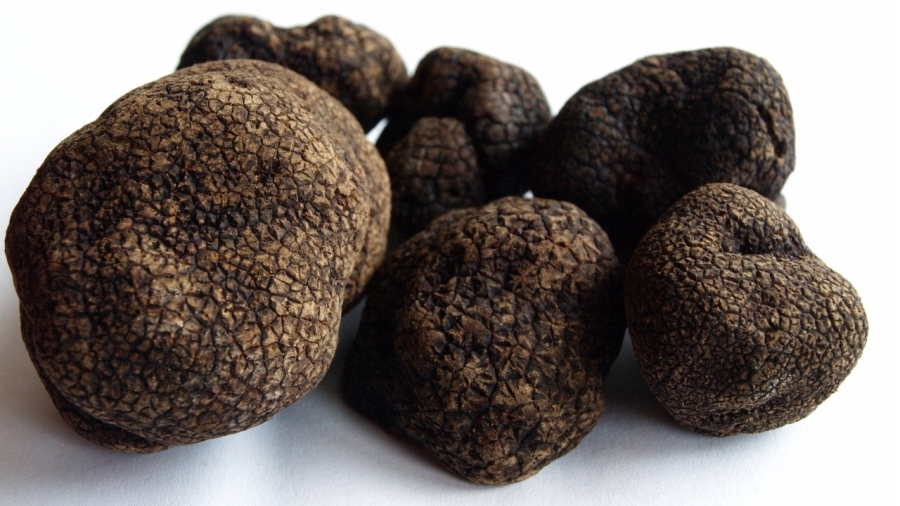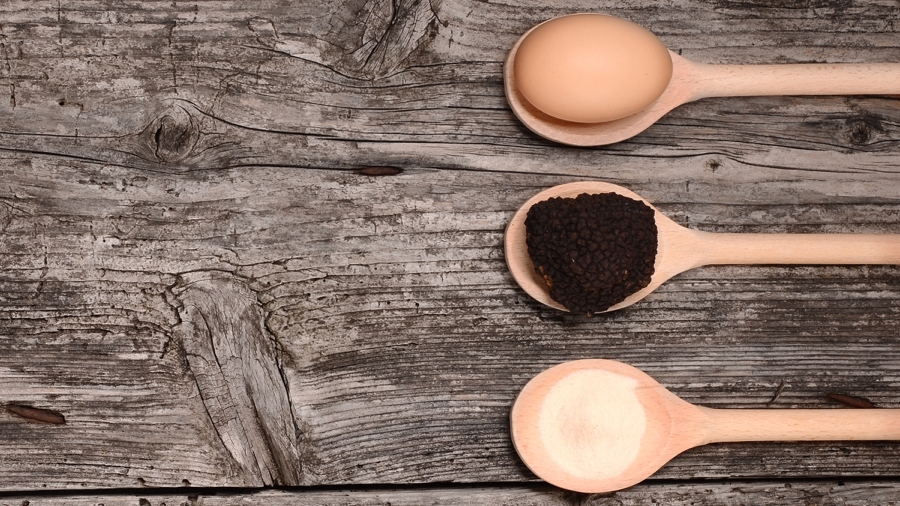
Winter Black Truffle
Winter Black Truffle (Tuber Brumale Vitt.)
Season: from December to March
The harvest of this truffle is very small, approximately 5% of black truffle production. Tuber Brumale grows at sunny areas in well-drained porous limestone soils. The key precondition for the development of the body of this truffle variety are summer storms and well-distributed rainfalls throughout the year. They are ripening in the winter, between December and March. They connect with roots of oak, poplar, pine and willow but they are most fond of hazel and linden.
Usually globose in shape or a little lobed, with black or dark iron peridium, with very close, evident warts, hollow on the top and with longitudinal grooves. Its gleba is dark brown or grayish black with large white veins. Spores are herringbone.
The gleba (fleshy inner mass) of Tuber Brumale is firm, at the beginning white, then gray and finally blackish-violet. It finally turns brownish and blackish but it is brighter than the black truffle. It is streaked with several thicker widely spaced white lines which do not change their color in contact with air. Their skin (peridium) is dark and less rough than the skin of Melanosporum.
It can easily become bigger than a hen's egg. It can be found in autumn and early winter under oaks and hazels. This truffle variety grows to the size from 2 to 5 or 10 cm.
It is widespread in the center of South of Europe. Its smell and its taste are more or less strong but pleasant (in particular, in its variety Moschatum Ferry although it is much less appreciated than Tuber Melanosporum with which it is sometimes confused. Its scent is aggressive but pleasant and it is exactly the scent that makes it easier recognizable than other truffles. But its flavor is less significant than the flavor of Tuber Melanosporum.



